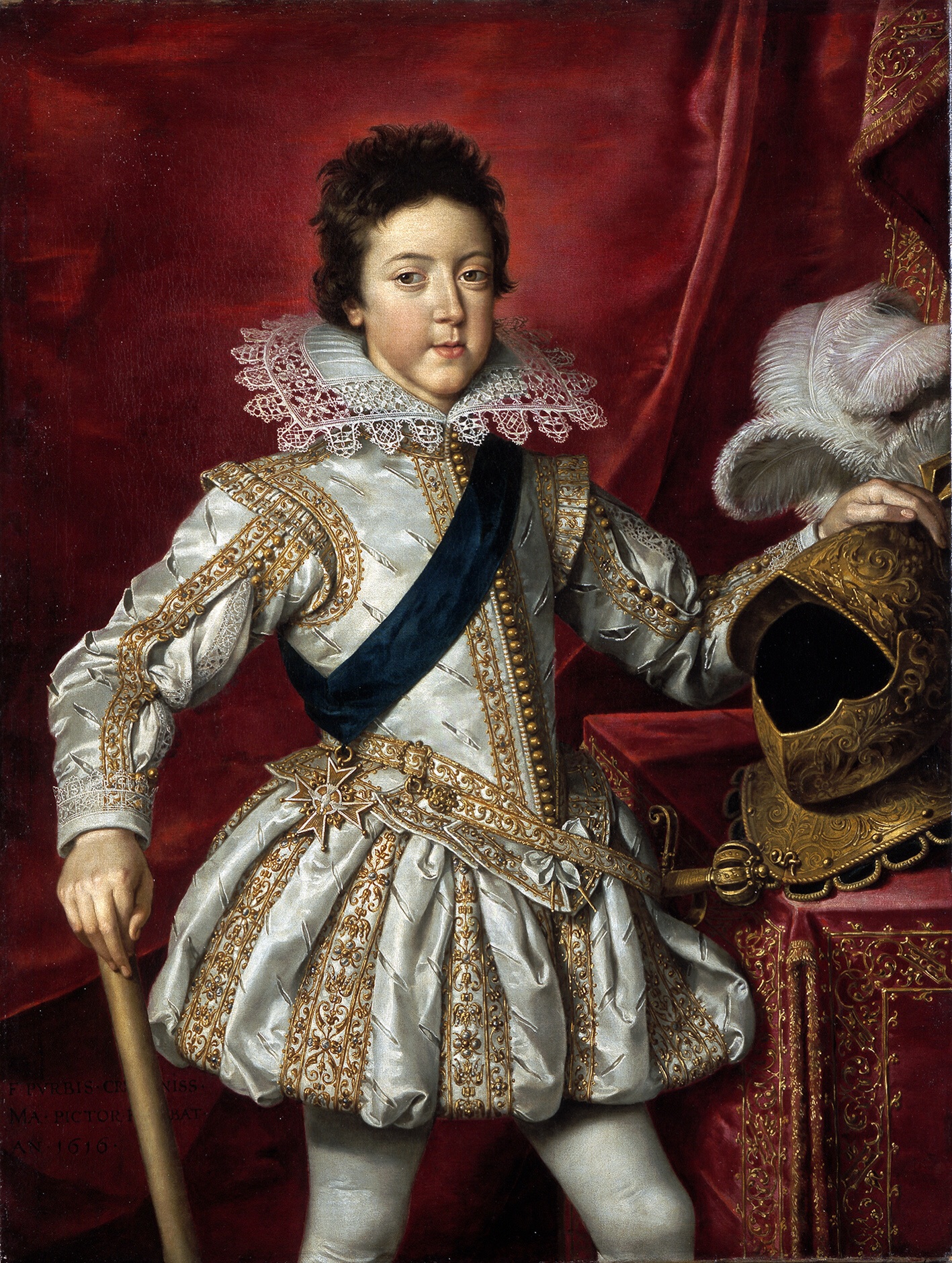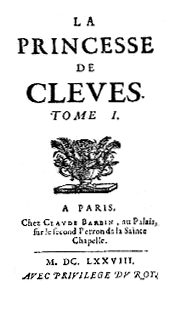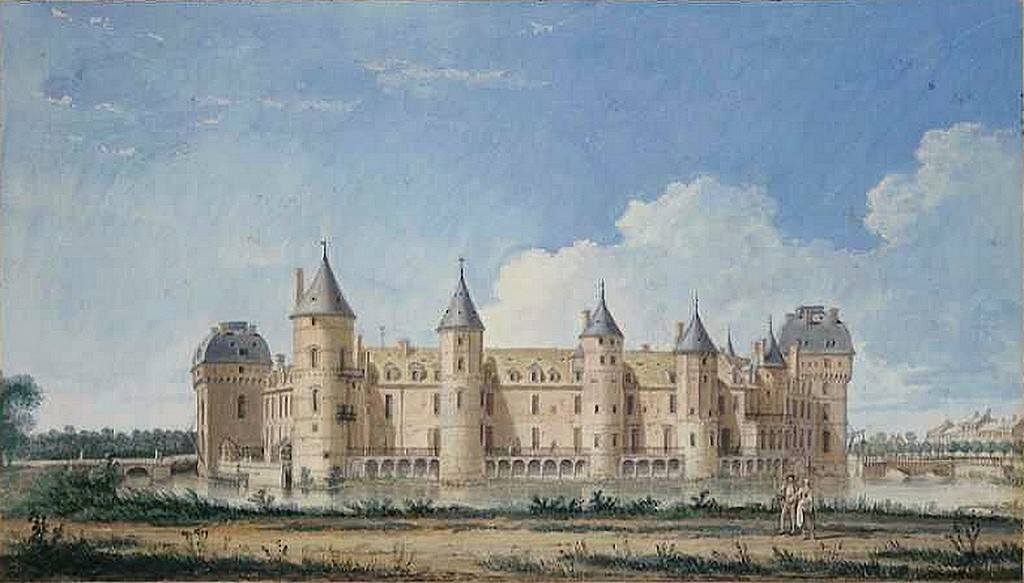|
Louis De Rouvroy, Duc De Saint-Simon
Louis de Rouvroy, duc de Saint-Simon, GE (16 January 16752 March 1755), was a French soldier, diplomat, and memoirist. He was born in Paris at the Hôtel Selvois, 6 rue Taranne (demolished in 1876 to make way for the Boulevard Saint-Germain). The family's ducal peerage (''duché-pairie''), granted in 1635 to his father Claude de Rouvroy (1608–1693), served as both perspective and theme in Saint-Simon's life and writings. He was the second and last Duke of Saint-Simon. His enormous memoirs are a classic of French literature, giving the fullest and most lively account of the court at Versailles of Louis XIV and the '' Régence'' at the start of Louis XV's reign. Peerage of France Men of the noblest blood (in Saint-Simon's view) might not be, and in most cases were not, peers in France. Derived at least traditionally and imaginatively from the ''douze pairs'' (twelve peers) of Charlemagne, the peerage of France was supposed to be, literally, the chosen of the ''noblesse'', ... [...More Info...] [...Related Items...] OR: [Wikipedia] [Google] [Baidu] |
Duke Of Saint-Simon
Duke of Saint-Simon (french: duc de Saint-Simon; es, duque de Saint-Simon) was a title in the Peerage of France and later in the Peerage of Spain. It was granted in 1635 to Claude de Rouvroy, comte de Rasse.. The title's name refers to the seigneury that was held by the Rouvroy family at Saint-Simon in Aisne. The dukedom passed from father to son in 1693. The second and last holder of the title, Louis de Rouvroy, has been immortalized as one of the greatest memoirists in European history.. The second duke's two sons both predeceased him, making the French dukedom extinct in 1755. However, the second duke’s title had been introduced into the Spanish peerage and granted Grandee status when he was ambassador there. This meant that the Spanish Dukedom of Saint-Simon could be inherited through the female line, and descendants continued to use this title until the 19th century. Dukes of Saint-Simon (1635) See also * Charles François de Rouvroy * Henri de Saint-Simon * H ... [...More Info...] [...Related Items...] OR: [Wikipedia] [Google] [Baidu] |
Territorial Designation
In the United Kingdom, a territorial designation follows modern peerage titles, linking them to a specific place or places. It is also an integral part of all baronetcies. Within Scotland, a territorial designation proclaims a relationship with a particular area of land. English and British peerages A territorial designation is an aspect of the creation of modern peerages that links them to a specific place or places, at least one of which is almost always in the United Kingdom. It is given in the patent of creation after the actual peerage title itself, of which it is not considered a part. Life peerages With the exception of royal peerages, which are often created without them, territorial designations are used with the creation of almost all baronies and viscountcies. For instance, the life peerage conferred (in 1992) on the former Prime Minister Margaret Thatcher was created as:''Baroness Thatcher, of Kesteven in the County of Lincolnshire.''The life peerage for the form ... [...More Info...] [...Related Items...] OR: [Wikipedia] [Google] [Baidu] |
List Of French Marquisates
A ''list'' is any set of items in a row. List or lists may also refer to: People * List (surname) Organizations * List College, an undergraduate division of the Jewish Theological Seminary of America * SC Germania List, German rugby union club Other uses * Angle of list, the leaning to either port or starboard of a ship * List (information), an ordered collection of pieces of information ** List (abstract data type), a method to organize data in computer science * List on Sylt, previously called List, the northernmost village in Germany, on the island of Sylt * ''List'', an alternative term for ''roll'' in flight dynamics * To ''list'' a building, etc., in the UK it means to designate it a listed building that may not be altered without permission * Lists (jousting), the barriers used to designate the tournament area where medieval knights jousted * ''The Book of Lists'', an American series of books with unusual lists See also * The List (other) * Listing (di ... [...More Info...] [...Related Items...] OR: [Wikipedia] [Google] [Baidu] |
L'Aubespine
The L'Aubespine family was a French family descended from Claude de l'Aubespine, a lawyer of Orléans and bailiff of the abbey of Saint Euverte in the beginning of the 16th century. His progeny gained distinction in offices connected with the law. *Sebastien de l'Aubespine (1518–1582) was abbot of Bassefontaine, and commendatory abbot of Mozac, bishop of Vannes and afterwards bishop of Limoges. He fulfilled important diplomatic missions in Germany, Hungary, England, the Low Countries, and Switzerland under King Francis I of France and his successors. He was plenipotentiary of France to the Treaty of Cateau-Cambrésis. * Claude de L'Aubespine (1510–1567) was Sebastien's brother and baron of Chateauneuf-sur-Cher. He was a secretary of finance and he was in charge of negotiations with England in 1555 and 1559. He was commissioned several times to deal with the Huguenots in the king's name. *Guillaume de l'Aubespine was Claude's son, a councillor of state and ambassador to ... [...More Info...] [...Related Items...] OR: [Wikipedia] [Google] [Baidu] |
Order Of Precedence
An order of precedence is a sequential hierarchy of nominal importance and can be applied to individuals, groups, or organizations. Most often it is used in the context of people by many organizations and governments, for very formal and state occasions, especially where diplomats are present. It can also be used in the context of decorations, medals and awards. Historically, the order of precedence had a more widespread use, especially in court and aristocratic life. A person's position in an order of precedence is not necessarily an indication of functional importance, but rather an indication of ceremonial or historical relevance; for instance, it may dictate where dignitaries are seated at formal dinners. The term is occasionally used to mean the order of succession—to determine who replaces the head of state in the event they are removed from office or incapacitated—as they are often identical, at least near the top. What follows are the general orders of precedenc ... [...More Info...] [...Related Items...] OR: [Wikipedia] [Google] [Baidu] |
Anselm De Guibours
Anselm de Guibours (born 1625) (Father Anselm of the Blessed Mary, O.A.D., french: Père Anselme de Sainte-Marie, or simply ''Père Anselme'') was a French Discalced Augustinian friar and noted genealogist. Biography He was born Pierre de Guibours in Paris in 1625, where he entered the Order of the Discalced Augustinians on 31 March 1644. It was in their monastery (called the ''Couvent des Petits Pères''), attached to the popular Basilica of Our Lady of Victories, that he lived for the next fifty years, dying there on 17 January 1694. Guibours devoted his entire life to genealogical studies. In 1663, he published ''Le Palais de l'honneur'' (''The Palace of honor''), which, besides giving the genealogy of the houses of Lorraine and Savoy, is a complete treatise on heraldry. This was followed the following year by ''Le Palais de la gloire'' (''The Palace of Glory''), dealing with the genealogy of various illustrious French and European families. These books made friends for him, t ... [...More Info...] [...Related Items...] OR: [Wikipedia] [Google] [Baidu] |
Louis XIII
Louis XIII (; sometimes called the Just; 27 September 1601 – 14 May 1643) was King of France from 1610 until his death in 1643 and King of Navarre (as Louis II) from 1610 to 1620, when the crown of Navarre was merged with the French crown. Shortly before his ninth birthday, Louis became king of France and Navarre after his father Henry IV was assassinated. His mother, Marie de' Medici, acted as regent during his minority. Mismanagement of the kingdom and ceaseless political intrigues by Marie and her Italian favourites led the young king to take power in 1617 by exiling his mother and executing her followers, including Concino Concini, the most influential Italian at the French court. Louis XIII, taciturn and suspicious, relied heavily on his chief ministers, first Charles d'Albert, duc de Luynes and then Cardinal Richelieu, to govern the Kingdom of France. The King and the Cardinal are remembered for establishing the ''Académie française'', and ending the revolt o ... [...More Info...] [...Related Items...] OR: [Wikipedia] [Google] [Baidu] |
Hunting
Hunting is the human practice of seeking, pursuing, capturing, or killing wildlife or feral animals. The most common reasons for humans to hunt are to harvest food (i.e. meat) and useful animal products ( fur/ hide, bone/ tusks, horn/ antler, etc.), for recreation/ taxidermy (see trophy hunting), to remove predators dangerous to humans or domestic animals (e.g. wolf hunting), to eliminate pests and nuisance animals that damage crops/ livestock/ poultry or spread diseases (see varminting), for trade/tourism (see safari), or for ecological conservation against overpopulation and invasive species. Recreationally hunted species are generally referred to as the '' game'', and are usually mammals and birds. A person participating in a hunt is a hunter or (less commonly) huntsman; a natural area used for hunting is called a game reserve; an experienced hunter who helps organize a hunt and/or manage the game reserve is known as a gamekeeper. Many non-human anima ... [...More Info...] [...Related Items...] OR: [Wikipedia] [Google] [Baidu] |
Saint-Simon Musée Chartres
Saint-Simon or Saint Simon can refer to: Places Canada * Saint-Simon, Bas-Saint-Laurent, Quebec, a parish municipality in the Les Basques Regional County Municipality in the Bas-Saint-Laurent region of Quebec * Saint-Simon, Montérégie, Quebec, a municipality in southwestern Quebec on the Yamaska River in Les Maskoutains Regional County Municipality * Saint-Simon, New Brunswick, a settlement in Gloucester County, New Brunswick * Saint-Simon-les-Mines, Quebec, a municipality in the Municipalité régionale de comté de Beauce-Sartigan in Quebec, Canada France *Saint-Simon, Aisne, in the Aisne ''département'' * Saint-Simon, Cantal, in the Cantal ''département'' *Saint-Simon, Charente, in the Charente ''département'' *Saint-Simon, Lot, in the Lot ''département'' *Saint-Simon-de-Bordes, in the Charente-Maritime ''département'' * Saint-Simon-de-Pellouaille, in the Charente-Maritime ''département'' United States * St. Simons, Georgia Organizations * Saint-Simon Foundation, a de ... [...More Info...] [...Related Items...] OR: [Wikipedia] [Google] [Baidu] |
La Princesse De Clèves
''La Princesse de Clèves'' is a French novel which was published anonymously in March 1678. It was regarded by many as the beginning of the modern tradition of the psychological novel and a classic work. Its author is generally held to be Madame de La Fayette. The action takes place between October 1558 and November 1559 primarily at the royal court of Henry II of France, as well as in a few other locations in France. The novel recreates that era with remarkable precision. Nearly every character—though not the heroine—is a historical figure. Events and intrigues unfold with great faithfulness to the documentary record, and the novel is generally regarded as one of the first examples of historical fiction. Plot summary Mademoiselle de Chartres is a sheltered heiress, sixteen years old, whose mother has brought her to the court of Henri II to seek a husband with good financial and social prospects. When old jealousies against a kinsman spark intrigues against the young ingé ... [...More Info...] [...Related Items...] OR: [Wikipedia] [Google] [Baidu] |
Court (royal)
A royal court, often called simply a court when the royal context is clear, is an extended royal household in a monarchy, including all those who regularly attend on a monarch, or another central figure. Hence, the word "court" may also be applied to the coterie of a senior member of the nobility. Royal courts may have their seat in a designated place, several specific places, or be a mobile, itinerant court. In the largest courts, the royal households, many thousands of individuals comprised the court. These courtiers included the monarch or noble's camarilla and retinue, household, nobility, clergy, those with court appointments, bodyguards, and may also include emissaries from other kingdoms or visitors to the court. Foreign princes and foreign nobility in exile may also seek refuge at a court. Near Eastern and Far Eastern courts often included the harem and concubines as well as eunuchs who fulfilled a variety of functions. At times, the harem was walled off and s ... [...More Info...] [...Related Items...] OR: [Wikipedia] [Google] [Baidu] |
Vidame De Chartres
Vidame de Chartres was a title in the French nobility. There are a few vidame titles in France, of which that of Chartres is probably the best known, because a number of holders have been notable in widely different ways over the centuries. Vidame was originally the name for the commander of a bishop's military force in the Early Middle Ages, when bishops, like other great lords, needed troops for security. The title eventually developed into a heritable noble title, like others linked to a specific estate. The title therefore passed to the new owner when the estate was sold, as happened a number of times in this case. By the later Middle Ages, the title was held by the owner of the chateau and estate of La Ferté-Vidame (documented by 985), Eure-et-Loir, some 40 kilometres from Chartres. In the 17th century the holder was still supposed to pay an annual fee to the Bishop of Chartres (for holding the land associated with the role, while not performing the duties), ceremonially ... [...More Info...] [...Related Items...] OR: [Wikipedia] [Google] [Baidu] |






